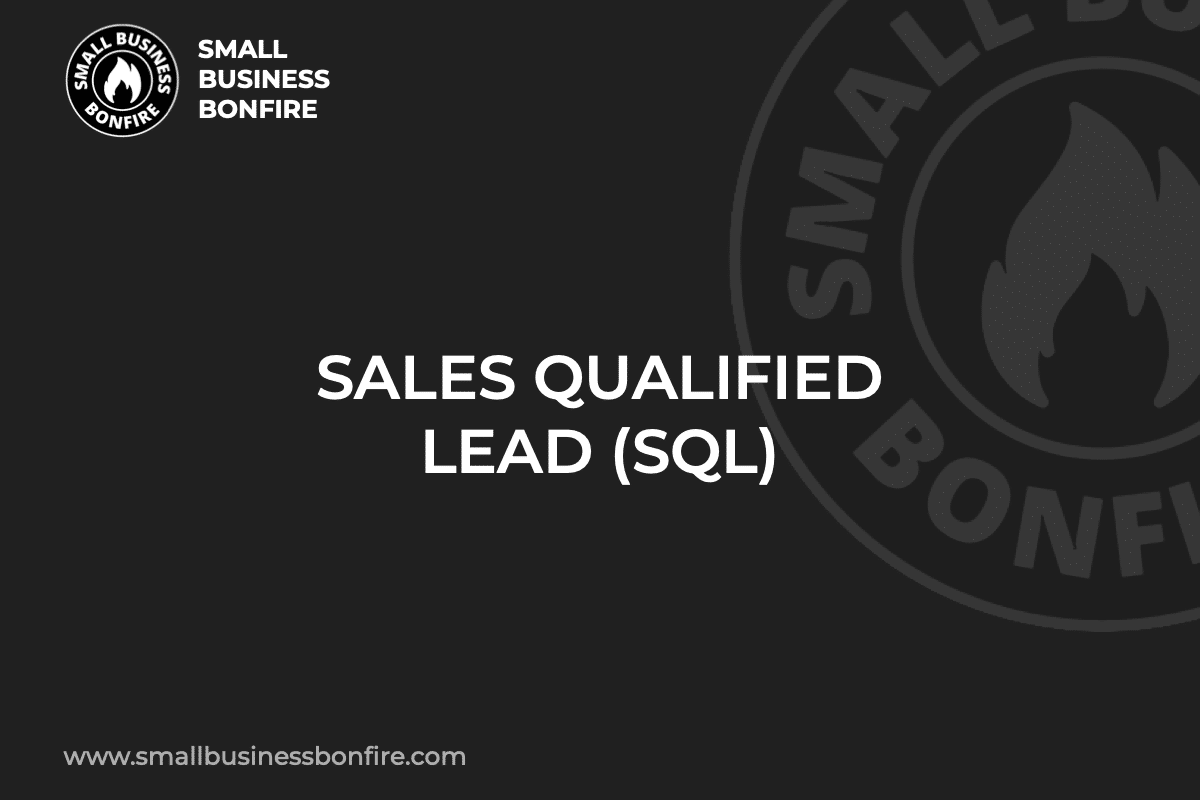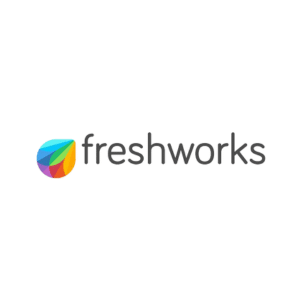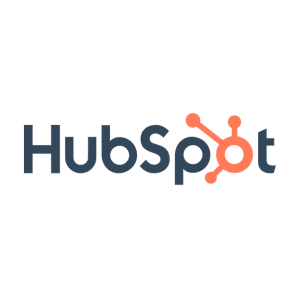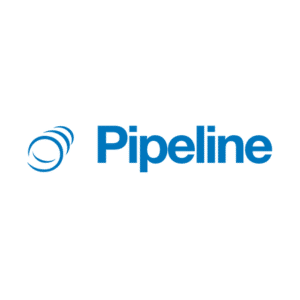Are you tired of wasting time, energy, AND money chasing sales leads that aren’t converting into paying customers?
If this sounds like you, you’re not alone! Small business owners everywhere throw away valuable resources because they don’t understand sales qualified leads!
Hi, my name is AJ! I recently sold my company for multiple seven figures to focus on helping entrepreneurs do the same.
When I first started out, I wasted time chasing leads that weren’t ready to buy.
It wasn’t until I learned about sales qualified leads, or SQLs, that I was able to streamline my sales process and increase my conversion rates.
Keep reading if you’re ready to learn how to utilize your company’s resources more efficiently!
Key Takeaways
- A sales qualified lead is a prospective customer who has shown considerable interest in your products or services.
- SQLs matter because they ensure sales and marketing teams use resources effectively.
- An SQL is the closest sales lead to actually becoming a customer.
- The BANT framework is one of the best ways to qualify SQLs.
Related Reading: Best CRM for Small Businesses
SBB Featured Partners
What is a Sales Qualified Lead (SQL)?
A sales qualified lead (SQL) is a potential customer who has completed the sales process and showed considerable interest in your products or services.
As a result, the sales teams focus on converting this prospect into a paying customer through various efforts.
Sales qualified leads aren’t like other leads.
These individuals are more than just curious about your products or services.
Instead, SQLs are mere inches away from becoming a paying customer!
SQL vs. MQL (Marketing Qualified Lead)
Marketing qualified leads (MQLs) and sales qualified leads represent different stages in the conversion funnel.
For instance, an MQL is a lead who has engaged with your marketing efforts but is not yet ready to receive a sales call—a “warm lead,” so to speak.
On the other hand, an SQL is a prospect who has shown clear intent to buy and is ripe for a direct sales approach—they’re a “hot lead.”
Understanding the difference between MQLs vs. SQLs can help you tailor your sales and marketing approach and effectively move leads down the sales funnel!
SQL vs. SAL (Sales Accepted Lead)
Many small business owners mix up what defines sales accepted leads (SALs) and qualified leads.
However, it’s critical to understand the difference between these leads because they represent two distinct stages in the sales funnel.
Remember, an SQL is a lead with a clear intent to purchase, making it a prime target for direct sales efforts.
In contrast, a SAL is someone the sales team has accepted as worthy of a direct sales follow-up but may still need to demonstrate a strong purchasing intent.
Therefore, your sales team must spend more time focusing pitches and conversion efforts on SQLs!
When you understand which factors and behaviors distinguish SQLs from SALs, your business can enjoy the following things:
- Higher conversion rates
- Better customer satisfaction and loyalty
- A smooth sales pipeline
- Sales reps who prioritize their efforts on the most qualified sales leads
Why Does SQL Matter?
If the concept of a sales qualified lead is new to you, you might ask, “Does this really matter?”
And to put it simply: Yes! Understanding and defining SQLs is vital to your company.
In the business world, wasted time, energy, and money can impact operations harder than expected.
Therefore, knowing how your sales team should prioritize their time and energy helps ensure you avoid wasted resources and money!
Also, nurturing sales qualified leads helps your marketing team find prospects more likely to buy your products or services and listen to your sales team.
A few other reasons SQLs matter include the following:
- They ensure sales reps target the right people at the right point in the buyer’s journey
- They fuel more sales and business growth
- They show teams which marketing strategies work best
- They allow companies to tailor their messaging to their target audience better
As you can see, understanding SQLs definitely DOES matter!
Steps to Qualify a Lead in Sales
Qualifying SQLs depends on a few factors, including the following:
- Industry
- Company size
- Product Features
- Service niche
Regardless, using the BANT framework is an excellent strategy for determining SQLs for your company.
BANT
BANT is an acronym that stands for:
- Budget
- Authority
- Need,
- Timeframe
These four points are crucial factors to consider when qualifying a sales lead.
Therefore, BANT is a robust framework that helps sales teams determine a prospect’s readiness to buy and prioritize leads effectively!
Budget
The first factor BANT considers is budget, meaning your team should ask questions like:
- How much is the prospective customer willing to spend?
- Does the lead have the budget for our products or services?
After all, what good is chasing a lead who can’t afford what you’re offering?
Authority
The second factor asks a sales rep to determine the buyer’s authority to make a purchase.
During this step, it’s crucial to ask questions like:
- Who is the authority figure in the sales we’re pursuing?
- Who makes the final purchasing decision?
When defining an SQL, these people must be the authority figures.
Need
Next up is the need factor associated with the sale.
This stage forces your sales team to consider questions like:
- Does the prospective customer have a genuine need for our products or services?
- Do our products solve pain points in this prospect’s life?
When potential customers have a problem your products or services can solve, it’s critical to explain that to them.
Time
Lastly, the BANT framework ensures teams consider a potential buyer’s timeframe.
At this point, consider questions like:
- How much time will the prospect need to make a purchasing decision?
- Is the lead looking to buy something immediately?
Answering time-related questions ensures each sales rep spends their time wisely, only chasing the most qualified leads!
Sales Qualification Funnel Example
Have you ever wondered the best way to qualify leads?
If so, then this ten-step process will be incredibly helpful!
Here’s an example of an efficient sales qualification example.
Step 1: Identify Lead
The first step in the sales qualification process is to identify a lead.
Identifying leads involves pinpointing individuals or businesses that show interest in your product or service and exhibit the potential of becoming a customer.
Step 2: Initial Assessment
The second step is your and your team’s initial assessment of the prospective customer.
This step involves conducting a preliminary review of the lead’s needs and potential for conversion, typically through an initial conversation or interaction.
Step 3: Lead Scoring
Lead scoring is a method used in sales and marketing to rank prospects against a scale representing the perceived value each lead brings to the business.
Scoring leads is essential because it helps prioritize the sales team’s efforts, focusing on prospective customers with the highest potential for conversion and improving overall sales efficiency!
Step 4: Information Gathering
Collecting information involves acquiring additional details about the prospective customer, such as:
- Industry
- Company size
- Job title
- Specific needs
- Pain points
- Demographic information
As you gather information, the focus is to better understand a potential customer’s fit for your product or service.
Remember, when you understand your target audience better, your marketing and sales teams can create messages that resonate with them!
Step 5: Needs Assessment
The “Needs Assessment” step involves evaluating the specific needs of the potential customer and determining how well your product or service can fulfill those needs!
Step 6: Evaluate Purchasing Potential
Next, you must evaluate how likely a potential buyer is to actually make a purchase.
Remember, the BANT framework is excellent for tasks like this!
Step 7: Sales Pitch
Step seven is giving potential customers a sales pitch.
When giving a pitch, sales reps need to do the following things:
- Explain how your products or services solve pain points
- Talk about the details or features that are unique to your products or services
- Answer any questions the lead has
- Come off as personable and trustworthy
- Show examples of satisfied customers (if possible)
Sometimes, it’s practical to offer a quick demonstration to showcase your product or service in real time.
Step 8: Objection Handling
Objection handling addresses concerns or reservations a potential customer may have about your product, service, or sales process.
Handling objections could involve doing the following things:
- Clarifying misconceptions
- Providing additional information
- Demonstrating how a feature can overcome a specific challenge the prospect is facing
Step 9: Close the Sale
Closing the sale is the critical phase where, after addressing any objections, the sales representative finalizes the deal by persuading the potential customer to purchase and complete the transaction!
Step 10: Follow-Up
Lastly, ensure your team follows up with customers after the main stages of the sales process are over.
Maintaining connections with previous buyers does the following things:
- Strengthens relationships
- Increases customer loyalty
- Increase customer retention rates
- Reduces customer churn rates
Ways to Increase SQL Leads
What are the best ways to generate sales qualified leads?
It’s a crucial question to be asking at his point!
Therefore, I’ve listed four techniques to help you and your team find more qualifying leads.
Let’s take a look.
Set Up Lead Magnets
Lead magnets are valuable resources or special offers a company provides to potential customers in exchange for their contact information.
Contact information can include names, physical addresses, or email information.
Further, these offers can take various forms, including the following:
- eBooks
- Whitepapers
- Free trials
- Exclusive discounts
- Exclusive website content
By appealing directly to the potential customer’s interests and needs, lead magnets can identify high-quality leads.
Also, a lead magnet can bring a potential buyer into the sales process and one step closer to becoming a sales qualified lead.
Engage Your Leads
Another excellent tactic to generate sales qualified leads is to engage with your leads!
Creating content that encourages your leads to interact with your brand is an effective way to build long-term, meaningful relationships.
When engaging with leads, it’s critical to personalize the messaging.
Personlized messages help the prospect feel unique and like you’re speaking directly to them, not sending out a general message to the masses.
Get Better Lead Info
Improving the quality of lead information can significantly enhance your marketing AND sales strategy.
For instance, gathering in-depth information about potential customers allows your marketing team to better understand a prospect’s needs, interests, and potential fit with your product or service.
Then, with enriched lead data, the sales team can tailor the sales pitch to address specific pain points, increasing the chances of conversion!
Essentially, thorough lead information aligns the sales efforts more precisely with the most promising leads.
As a result, this boosts the efficiency of your sales process and the generation of SQLs!
Use a CRM
Customer relationship management (CRM) systems are invaluable tools for generating SQLs.
These platforms consolidate customer data into a single database, providing sales teams comprehensive insights into potential clients.
On top of that, CRMs can automate various aspects of the lead qualification process, including lead scoring!
As a result, your company’s information is accurate!
Finally, with the aid of CRMs, sales teams can do the following things:
- Better manage customer interactions
- Foster relationships
- Effectively guide prospects through the sales process to become SQLs
Final Thoughts on Sales Qualified Leads
Remember, sales qualified leads are people who are extremely interested in your products or services.
Therefore, your sales team must focus their energy on these individuals, doing everything they can to convert them into paying customers!
The best techniques to convert SQLs are to personalize your engagements with them and to utilize CRM software.
Now that you understand how vital SQLs are, it’s time to start defining and generating them for your business!
Newsletter Signup
Join The Leads Field Guide Newsletter for tips, strategies and (free) resources for growing your leads, and closing more deals.




